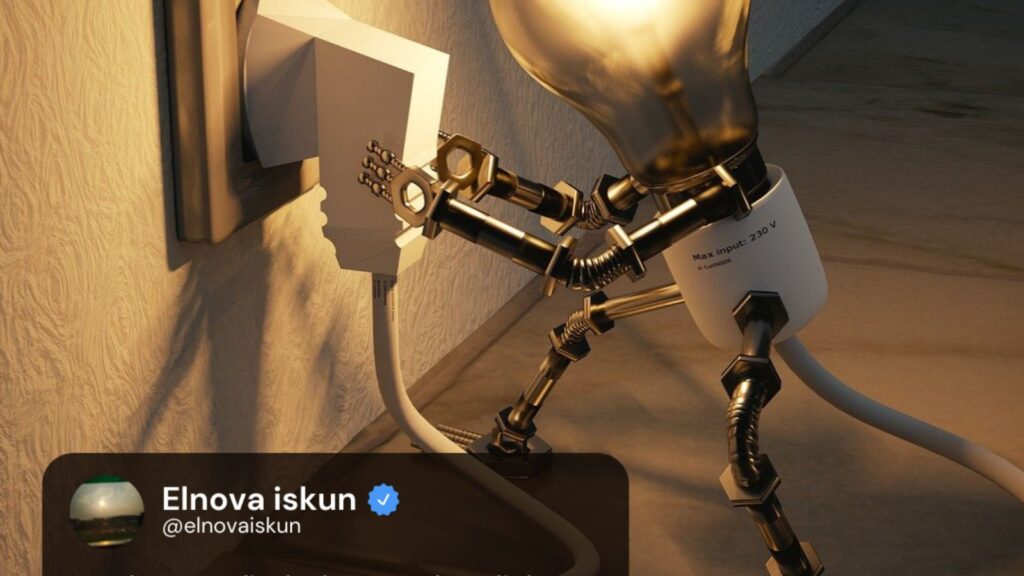Outline: Should You Use Twitter After Elon’s Taking Over? | How to Use Twitter for Businesses – Profile – Useful Content – Engage Audience – Opt for Paid – Measure Results | FAQs | Final Thoughts
In a surprising turn of events, tech mogul Elon Musk just announced his acquisition of the social media platform Twitter. It’s clear that he has big plans for the site. He announced plans to make the verification process more transparent and accessible to everyday users. He also has account reinstatement plans.
It remains to be seen what other updates Musk has in store for Twitter, but one thing is for sure – it’s going to be an exciting ride. Who knows what innovations he’ll bring to the world of social media? Only time will tell.
Now, with all the new changes, will Twitter still be helpful for small businesses? I will discuss the answer to this question in this article today. Also, you will get to know how to use Twitter for your business in the best possible way. So, without further ado, let’s dive in.
Should You Use Twitter After Elon’s Taking Over?
Yes, of course, you should use it. After all, Twitter has an audience interested in various topics. By using Twitter, businesses can reach this audience with ads and all sorts of content.
There is not much going to change when it comes to business ads on Twitter. This is because Twitter generates revenue from these ads, so they are unlikely to change them significantly.

How to Use Twitter for Businesses
1. Your Profile Should Stand Out
Whether you’re just starting a new business or looking to revamp your social media presence, creating a standout profile on Twitter is essential.
When potential customers or clients come across your page, they should immediately be able to gather important details about your brand.
A strong profile includes a high-quality logo and cover photo, a clear and concise bio, and regular updates in the form of tweets and retweets. It’s also important to regularly engage with followers by responding to questions or comments and interacting with other businesses and industry experts.
2. Share Useful Content That Can Add Value for Your Audience
When using Twitter for your business, it’s important to ensure that you share valuable information with your audience. This could be industry news or updates, helpful tips and tricks, or even original content created by your company.
By consistently providing useful content, you can establish yourself as a thought leader in your field and build trust with your followers.
It’s also important to ensure that the content you share is relevant to your brand and aligns with your overall messaging. You risk confusing and alienating potential customers when you share too much unrelated information.
So take the time to curate meaningful content that adds value for your audience on Twitter, and watch as they become engaged followers and potential customers.
3. Engage with Your Audience
Sure, you can send out tweets with company updates and information, but it’s important to also actively interact with your followers.
Respond to customer questions and concerns, share relevant content from other sources, and try to start conversations. This will not only foster good relationships with current customers, but it can also attract new ones.
Take advantage of hashtags and retweet or quote tweets outside posts that align with your brand.
Above all, remember that social media is a two-way street – instead of just broadcasting information, use it as an opportunity to engage with your audience and create a sense of community around your brand.
4. Opt for Paid Option

A paid account allows you to have access to useful analytics and data, giving you crucial insights into how your tweets are performing and who is engaging with them.
It also enables you to target specific audiences, ensuring that your carefully crafted tweets reach the right people.
And lastly, investing in the paid option shows potential customers and clients that your business is committed to success and willing to invest in its growth.
So, if you want to make the most out of using Twitter for your business, opting for the paid option is a smart move.
5. Measure Results
When you’re driving, it helps to know where your destination is so that you can adjust accordingly when the road gets bumpy or becomes too steep for some reason.
Similarly, with Twitter’s marketing strategy, knowing what results you want makes all aspects of your plan easier and more effective. Creating a strategy helps you tailor your efforts towards meeting those specific goals rather than just doing something in general terms without understanding how best to achieve success.
Therefore measuring your activities on Twitter is important for determining whether your strategies are working and efforts are being successful.
To do it, visit analytics.twitter.com and click on tweets. You can also tap the analytics icon on each of your tweets in the Twitter app.
While measuring your account performance, focusing on Vanity metrics can be misleading for your business. Vanity metrics show your tweets’ impressions, followers count, etc. Even if these have high numbers, they may not help you reach your business goal.
The most important thing to know is how many people clicked on the links you shared in your tweets or engaged with you out of all your followers. This will help you understand which content is popular among your target audience and can drive leads.
Final Thoughts
Twitter can be a powerful tool for businesses when used correctly. The key is to ensure you are leveraging it for a brand strategy to its full potential and engaging with your followers. Don’t forget that Twitter is a two-way street, so make sure you are listening as well as talking. Are you ready to start using Twitter for your business? If so, I wish you the best of luck with your branding strategy!
FAQs
Is it worth using Twitter for businesses?
It depends on the business. Twitter can be used to build brand awareness, connect with customers, and drive traffic to a company’s website.
However, it’s important to remember that Twitter is a social network, not a broadcast medium. Companies should use Twitter as a way to connect with customers and listen to what they have to say. The key is to provide valuable content and respond promptly to customer inquiries.
Is Twitter good for small businesses?
Twitter can be a great tool for small businesses, but it’s not right for everyone. It’s important to understand the platform and use it in a way that is relevant to your business.
How can you use Twitter to promote your business for free?
There are a few different ways that you can use Twitter to promote your business for free:
- Use Twitter’s built-in search function to find people who are talking about topics related to your business. You can then jump into the conversation and offer your expertise or share a link to your website or product.
- Promote your business on Twitter by using hashtags. You can research popular hashtags related to your business and use them in your tweets. When you include a hashtag in your tweet, it becomes easier for people who are interested in that topic to find your tweet.
What could be the advantages and drawbacks of using Twitter for businesses?
The advantages of using Twitter for businesses are:
- Twitter is a great way to connect with customers and followers in real-time.
- It’s an excellent platform to share news, updates, and promotions with followers.
- It can help you build brand awareness and create a positive image for your business.
- It can help you connect with other businesses and influencers.
The drawbacks of using Twitter for businesses are:
- Twitter is a public platform. So any company tweets will be visible to anyone who visits the company’s profile. This could open businesses up to criticism from customers or the public.
- Twitter is a fast-paced platform, and tweets can disappear quickly from the timeline. This could make it difficult for businesses to track interactions with customers or measure the impact of their tweets.
Related:











